SEO Demystified: A Beginner Step-by-Step Guide to Boosting Rankings
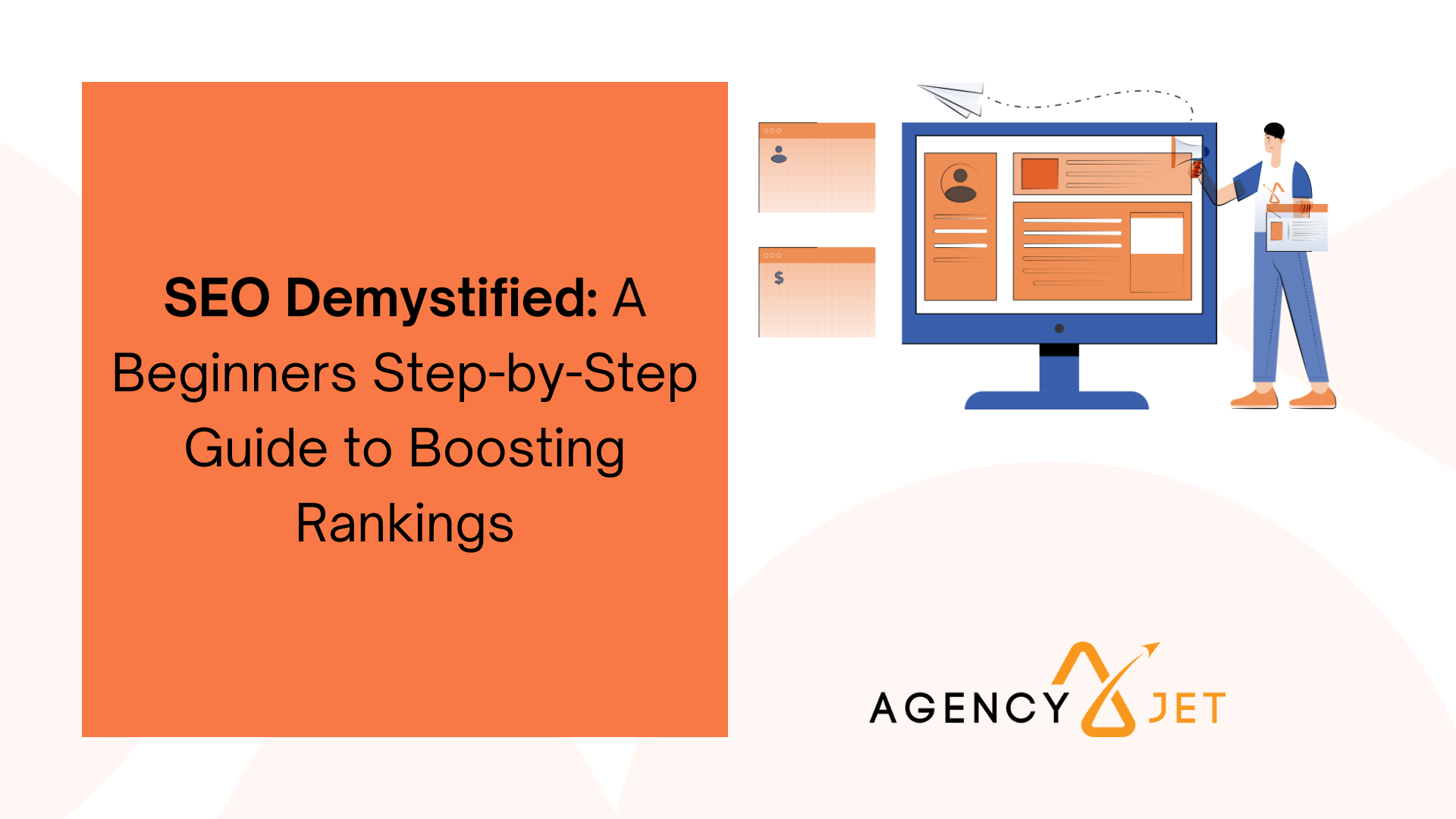
In the sprawling digital marketplace, standing out from the crowd is no less challenging than finding a hidden treasure on an endless beach. SEO, or Search Engine Optimization, is your map and compass in this quest for visibility. Understanding the basics of this crucial skill can dramatically alter the course of your online presence. This guide is your first step on the path to mastering the art of SEO, a process that can transform your website from a mere drop in the internet ocean to a beacon for your target audience.
SEO is a cornerstone of digital marketing, yet it often carries an air of complexity that can deter beginners. At its core, SEO is about improving and promoting your website to increase the number of visitors you get from search engines. It involves a series of steps and strategies designed to align your site with the algorithms search engines use to rank pages. Let's unlock the mystery and make SEO accessible to anyone eager to climb the search engine rankings.
"SEO Demystified: A Beginner's Step-by-Step Guide to Boosting Rankings" is not just an article; it's a comprehensive journey through the essential elements of SEO. From grasping the significance of keywords to mastering on-page and off-page optimization, this guide aims to equip you with the knowledge and tools necessary for elevating your site's ranking. Strap in as we embark on this enlightening voyage through the intricacies of search engine optimization.
Why SEO is Important for Your Website
Search Engine Optimization (SEO) is an indispensable strategy for any website aiming to reach more users. With a staggering 75% of online searchers never venturing past the first page of search results, appearing at the top is crucial. Excellent SEO drives enhanced visibility and organic traffic, making your site the go-to destination for potential customers.
At the core of SEO, employing relevant keywords and producing high-quality, fresh content paves the way for higher search engine rankings. It's not only about what's on the page but also about user experience; a site that's easy to navigate and fast to load retains visitors longer, reducing bounce rates – a significant ranking factor. Furthermore, On-page SEO, which includes optimized title tags, meta descriptions, and image alt texts, directly impacts how search engines understand and prioritize your content.
But it's not solely an on-page game. Off-page SEO, primarily through garnering authoritative inbound links, also significantly influences your website's trust and authority. Remember, SEO is not just a one-time task but a continuous pursuit aligned with evolving search engine algorithms and the changing behavior of users. Adopting a robust SEO strategy is, without a doubt, a powerful step toward the success and longevity of your website.
SEO Basics
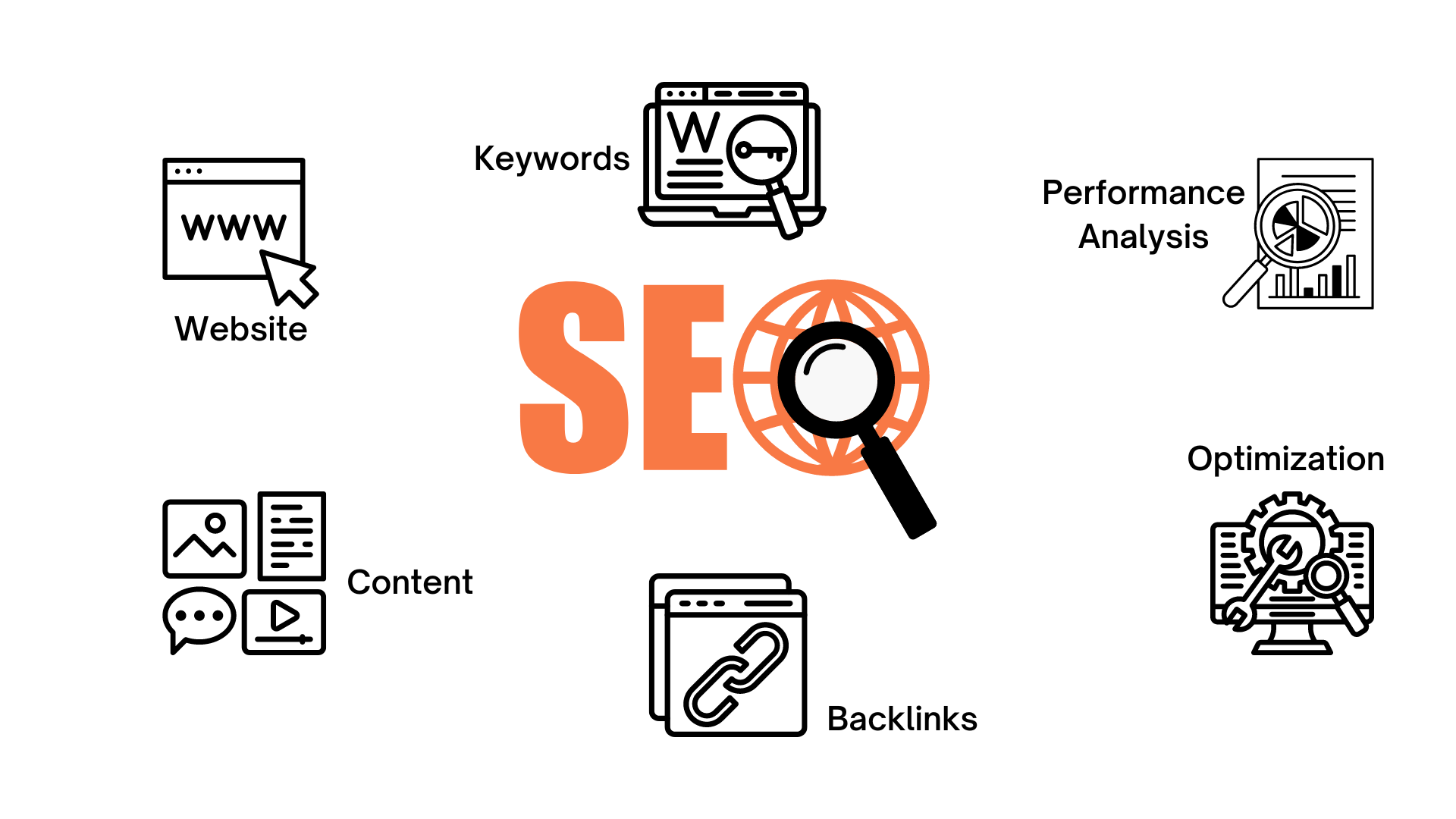
Search engine optimization (SEO) is a critical component of online marketing. It involves optimizing various aspects of a website to enhance its visibility on search engines like Google. This optimization process includes refining elements such as content, site architecture, and link profile to ensure search engines can easily find, index, and rank a website. The ultimate objective is to drive organic traffic—that is, visitors arriving from unpaid search results—to a website. SEO differs from paid search traffic, which comes from advertisements like pay-per-click (PPC) campaigns.
In essence, SEO is about understanding and catering to both the technical requirements of search engines and the informational or transactional needs of users. It engages tactics that span keyword research, on-page optimization, technical considerations, and link-building efforts. Together, these efforts aim to increase a website's visibility, or ranking, on the search engine results pages (SERPs), thereby drawing more potential customers and leading to better business outcomes.
One of the pivotal elements in SEO is its distinction from paid traffic. Organic traffic earned through SEO is generally more respected by users, as it's perceived to be more trustworthy than paid advertisements. This distinction underscores the value of establishing a strong presence on SERPs through effective SEO practices.
What is Search Engine Optimization?
SEO, in its most fundamental form, is about tailoring a website to the algorithms that search engines use to rank pages. An optimized website is more easily understood by search engine crawlers and this increases the chances of achieving a higher ranking in SERPs. By leveraging the Google SERP API, websites can gain insights into their performance on search engine results pages. Through SEO, websites aim to deliver an optimal user experience, provide quality content, and perform well in technical aspects such as mobile compatibility and site speed to earn a favorable position in search results.
At the heart of SEO lies the goal of increasing a website's quantity and quality of traffic through organic search results. SEO strategies are designed not just to bring more visitors to a site but to attract the right kind of visitors who are interested in what the site offers. It's a methodical process, starting with understanding how search engines work to identify the factors influencing ranking and then applying those insights to optimize both website content and structure.
The multifaceted nature of SEO encompasses several key activities: ensuring that web pages can be indexed by search engines, creating content that aligns with users' search queries, earning backlinks to establish credibility, and providing a positive user experience that encourages engagement and conversions.
Why Keywords Matter
Keywords are the linchpins of effective SEO. They serve as the bridge between what people are searching for and the content a website offers to fulfill those needs. Proper keyword usage allows a website to connect with potential customers by aligning with the specific search terms they enter into search engines.
Effective keyword research and analysis are indispensable for any SEO effort as they reveal the language and phrases used by a website's target audience. This involves identifying both short-tail keywords, often with high search volumes and substantial competition, and long-tail keywords, which are more specific but less commonly searched. By optimizing a site for relevant keywords, it can rank higher for those terms in SERPs and thus draw more targeted, high-intent traffic.
Incorporating keywords into a website's content, from the body copy to meta descriptions and URLs, requires a strategic approach. The aim is to balance the natural integration of keywords for readability while ensuring they are prominent enough for search engines to grasp the page's topic and match it with relevant searches. Avoiding practices like keyword stuffing, which can result in penalties from search engines, is crucial for maintaining the integrity of SEO efforts.
The Role of Content in SEO

At the heart of SEO is content. It's the vehicle by which a website communicates with users and through which search engines rank pages. Effective content fulfills the search intent of users and provides the information, solutions, or entertainment that they seek. For search engines, quality and relevance are key; hence, content should be strategically crafted to align with what users are searching for.
SEO-driven content is characterized by originality and usefulness. Duplicate content can trigger search engine penalties, while unique and engaging content can captivate audiences and encourage sharing, which can enhance search rankings. Additionally, readability and proper organization are paramount. Content that is well-written and structured with headings makes it easier for both users and search engines to digest information.
Quality content also involves the thoughtful use of internal and external links. Internal linking helps search engines crawl and index entire websites, while external links to reputable sites can boost the authority and trustworthiness of a website. Thus, content not only serves to engage readers but also acts as a critical component in the technical optimization landscape of SEO, bolstering a website's visibility and performance in search engine rankings.
Keyword Research
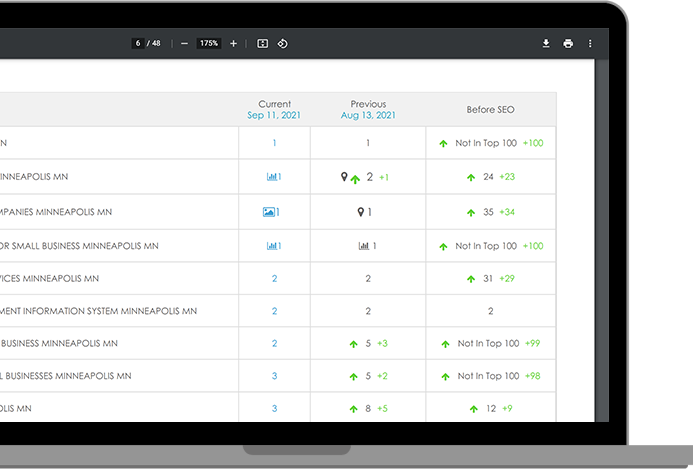
Keyword research is the cornerstone of Search Engine Optimization (SEO), as it informs us of what people are searching for and establishes the foundation for creating content that resonates with our target audience. Using professional keyword research tools like Ahrefs’ Keywords Explorer, SEO professionals, and content creators can discover a wide array of relevant search terms derived from a single 'seed' keyword. While high search volumes might be tempting to chase, it's critical to also consider the relevance and intent behind each keyword. This ensures that the visitors we attract are genuinely interested in the offerings of the website.
In addition to tools like Google Keyword Planner and SEMrush, keyword research provides insights into user intent, allowing creators to tailor content to meet audience needs effectively. Grasping this aspect of SEO is quintessential, as it not only draws the right visitors but also enhances the site's relevance and authority in its specific niche or industry. With the right keywords in your SEO arsenal, you can craft an increasingly focused and successful SEO strategy.
Using Keyword Research Tools
Harnessing the power of advanced keyword research tools, such as Ahrefs Keyword Generator, is a game-changer for content strategists and SEO professionals alike. These instruments can yield up to one hundred keyword suggestions related to your industry or topic, streamlining the content planning process significantly. Take the Ahrefs Keywords Explorer, for instance—it doesn't just throw a list of keywords at you; it deep-dives into valuable metrics and potential content topics that can inform more calculated and strategic decisions.
For SEO optimization, the ability to uncover new keyword ideas can mean the difference between content that performs predictably and content that exceeds expectations, drawing more focused traffic to your website. The Keyword Magic Tool, in particular, allows users to generate a plethora of keyword variations from a single seed keyword, making it easier to customize and optimize content for SEO. By leveraging these research tools, businesses and creatives can fine-tune their content strategy, filling keyword gaps and gaining a competitive edge over their rivals.
How to Identify Relevant Keywords for Your Niche
For those operating within a specific niche, understanding how to identify relevant long-tail keywords—phrases longer than three words—is essential. These keywords often have lower competition, making them invaluable for smaller or more specialized markets. By concentrating on long-tail keywords, you can more effectively align your content with the precise intent of your audience. This could range from understanding the types of phrases visitors use when looking to make a purchase, to identifying informational queries that can be addressed in comprehensive blog posts.
Using keyword research tools like Ahrefs Keywords Explorer provides crucial metrics and filters to refine the search for these niche-specific keywords, ensuring that they are not only relevant but also contribute to the overarching SEO goals of the website. Seed keywords help structure pillar pages within a site, providing a broad focus, while long-tail keywords can support the creation of detailed, informative content that addresses specific queries and user needs.
Understanding Search Terms and Search Intent
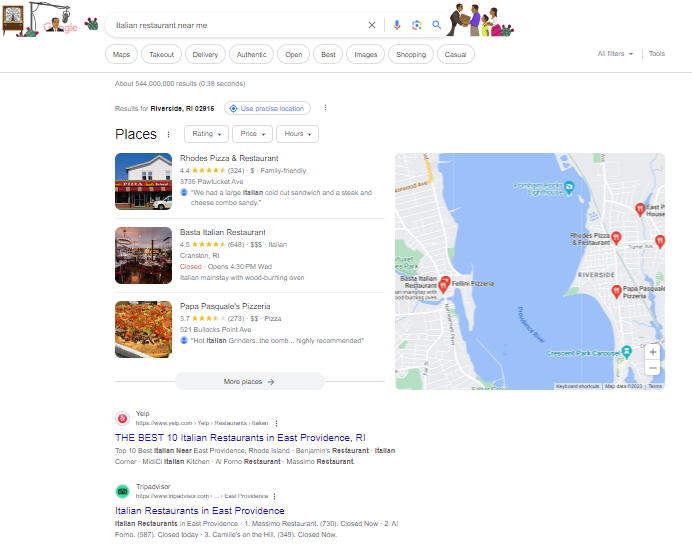
The alignment with search intent cannot be overstated; it's a pillar of modern SEO that determines the potential success of content in search engine rankings. Search intent reveals the purpose behind a user's query—be it to learn something new (informational), to make a purchase (transactional), to locate a particular website (navigational), or to compare products or services (commercial). Google's algorithms are increasingly adept at discerning and prioritizing content that matches a user's intent, making it imperative for SEO practitioners to consider this when selecting keywords and crafting content.
Creating SEO-optimized content, therefore, goes beyond simply sprinkling in relevant keywords—it entails a deep understanding of your audience's motivations and crafting experiences that directly address those needs. Keyword research, in this context, is not just about finding terms with the right volume or competition; it's about identifying how these keywords intersect with the desires and intentions of searchers. By doing so, content creators can ensure their audiences not only find their content but also derive the intended value from it.
On-Page SEO Techniques
On-page SEO is the art of optimizing individual web pages to rank higher in search engines and earn more relevant traffic. This comprehensive approach focuses on both the content and the HTML source code of a page, as opposed to off-page SEO which deals with inbound links and other external signals. One of the fundamental aspects of on-page SEO is crafting unique, vibrant content that directly aligns with the search intent of your audience, thereby increasing the organic traffic to your site.
Proper on-page SEO includes meticulous attention to title tags, meta descriptions, and image alt text to help search engines understand your content's topic and keywords. However, it's not just about optimizing for algorithms; a good SEO strategy ensures the human visitor finds the webpage both useful and satisfying. Best practices dictate avoiding outdated tactics such as keyword stuffing, utilizing hidden text, repeating anchor text, or resorting to cloaking. Instead, the focus should be on creating an optimized, accessible, and navigable web page structure that appeals to users and search engine algorithms alike.
Optimizing Meta tags and Titles
Meta tags and title tags are pivotal elements within on-page SEO. Title tags serve as the blue headline in search engine result pages (SERPs) and are a primary factor in users' decision-making process to click through to your website. These should be concise yet descriptive and include the target keyword to reflect content accurately.
The optimization of meta tags, particularly title and description, is crucial for helping search engines understand the purpose of a page. A well-crafted title tag should strategically place relevant keywords to improve a page's search visibility and ranking, while meta descriptions give a brief insight into the content of the page, enticing users to click through.
When writing your title tags:
- Start with your target keyword
- Keep it under 60 characters to ensure visibility
- Make it relevant and descriptive
And for optimizing meta descriptions:
- Incorporate relevant keywords naturally
- Keep the description compelling and under 160 characters
- Provide a clear value proposition to encourage clicks
Using one H1 tag per page to denote the main title and necessary words within H2 and H3 tags for subheadings can significantly enhance the structure and readability of your content, benefiting both users and search engines.
Creating High-Quality Content
High-quality content forms the backbone of effective on-page SEO. To outrank competitors and attract more users, content must be original and convey value. This could mean offering new insights, detailed analysis, or an engaging narrative that exceeds what is currently available. SEO leans heavily on content creation because it is the medium through which a website communicates its authority, expertise, and trustworthiness—vital factors that influence user and search engine rankings.
When crafting content:
- Ensure that it addresses the users' search intent.
- Use schema markup to enhance SERP visibility.
- Apply formatting techniques like short paragraphs and white space for better readability.
- Include internal links to guide users and search engines to other relevant pages on the site.
Every paragraph should be constructed with user engagement in mind, leveraging the value of well-placed, thematic internal links and interactive elements that can encourage visitors to explore a site further. These practices not only provide a better user experience but also assist Google's algorithms in crawling and indexing content more effectively.
How to Avoid Keyword Stuffing
Keyword stuffing, the practice of overloading web content with irrelevant keywords in an attempt to manipulate search engine rankings, is highly discouraged. Today's sophisticated search engine algorithms prioritize content that offers real value to users over pages that are awkwardly crammed with keywords.
To prevent keyword stuffing:
- Write naturally, focusing on creating coherent and valuable content for the reader.
- Use synonyms and variations of your target keywords contextually within the text.
- Adhere to keyword density recommendations, ensuring keywords are spaced well throughout the content.
- Monitor the usage of keywords to prevent excessive repetition and unnatural phrasing.
Remember that an effective SEO strategy hinges on moderating keyword use and allowing the context of the content to dictate their placement—achieving relevance without redundancy.
Dealing with Duplicate Content
Duplicate content—substantive blocks of content within or across domains that completely match other content or are appreciably similar—can severely hamper a website's SEO performance by confusing search engines regarding which content to show in search results.
To mitigate duplicate content issues:
- Use 301 redirects to point search engines toward the most relevant page when necessary.
- Implement the rel="canonical" tag to indicate the preferred version of a page.
- Regularly audit your website for duplicate content and revise or consolidate as needed.
- Always aim to publish original content that provides unique value to your audience.
Addressing duplicate content is not only crucial for maintaining your search rankings but also vital for preserving the credibility and trustworthiness of your site. A strategic approach to content creation, coupled with regular site reviews, will keep your SEO efforts on track and your content distinct.
Off-Page SEO Strategies
Off-page SEO Strategies involve measures taken beyond the website's design and content to enhance its position in search engine rankings. Unlike on-page SEO, where you have direct control over the elements you wish to optimize, off-page SEO often hinges on the perceptions and actions of others. The most effective off-page SEO practice is dedicating effort toward valuable content creation that resonates with your target audience. Offering insightful, authoritative, and engaging content naturally cultivates long-term relationships with users, fosters organic growth, and builds your brand reputation. Prioritizing relevant content creation surpasses classic off-page tactics, delivering scalable and enduring SEO results. Having a trove of quality content amplifies your visibility and authority, making it more likely that others will want to link to, share, and promote your website.
Building Inbound Links
Building Inbound Links, or backlinks, is a cornerstone of off-page SEO. Backlinks from authoritative and topic-relevant websites serve as "votes of confidence," signaling to search engines the value and credibility of your website. To safeguard the integrity of your site's SEO, steer clear of acquiring links through purchase or exchange schemes, which can backfire and harm your online standing. Instead, focus on naturally obtaining links from well-regarded sources, aiming for a variety of anchor texts to maintain a natural backlink profile.
Tools like Backlink Analytics can offer deep insights into your current backlink profile, including metrics like Authority Score and the diversity of referring domains. In your link-building efforts, prioritize gaining links from high-authority and high-traffic sites – a proven method for boosting your website's search rankings and visibility.
Utilizing Internal Links
The strategic use of Internal Links is essential for search engines to crawl and index your website efficiently. Linking internally not only helps search engine bots find and catalog your pages but also allows for the distribution of page authority throughout your site. When you link from pages with established authority to those that require a boost, you are assisting in balancing the SEO strength throughout your website.
To maximize the potential for ranking improvements, ensure that internal links use relevant business-critical keywords as anchor text. Remember, internal linking is a potent SEO practice, aiding in clarifying your site's architecture, enhancing user experience, and imparting necessary contextual information to search engines. Proper internal linking thus contributes significantly to your overall website SEO, with the passage of PageRank acting as a key ranking signal to Google.
The Importance of Analytics Tools in SEO
In the field of SEO, Analytics Tools are vital for deciphering website performance and pinpointing user interaction patterns. Google Analytics stands out as an indispensable tool, allowing you to track a multitude of metrics from user behavior to conversions. This data is instrumental in refining your SEO approach, highlighting areas that require enhancement, whether it's pinpointing broken links, underperforming content, or inefficiencies affecting user experience.
Identifying such issues and opportunities through analytics tools paves the way for higher conversion rates, polished website functionality, and, consequently, improved SEO success. Moreover, the insights gained from tools like Google Analytics ensure that decision-making is driven by data, enabling a more targeted and effective SEO strategy that caters to the genuine needs and patterns of your audience.
Measuring SEO Success
SEO is not just about applying tactics and strategies; it's about seeing real-world results that contribute to the success of a business. A well-executed SEO campaign provides higher click-through rates as content ranks higher on search engine results pages. This organic visibility is key to driving sustainable traffic to your website without the recurring costs associated with pay-per-click (PPC) campaigns.
Brand awareness is another area where SEO excels. By capturing more search engine results page (SERP) real estate, your brand becomes more prominent and top-of-mind for potential customers. A mix of optimized web pages, blog posts, and other content appears in various search terms, boosting visibility and reinforcing brand recognition.
From a financial standpoint, SEO is highly regarded for its elevated return on investment (ROI). Unlike traditional marketing efforts with short-lived effects, SEO is a long-term investment. An investment in SEO builds over time, as each piece of optimized content has the potential to pull in traffic and leads for years to come. For instance, one high-ranking blog post can generate continuous traffic, making the initial effort far more cost-effective in the long run compared to paid advertising.
Attracting more visitors and potential customers by enhancing search engine rankings is the goal at the heart of SEO. Each SEO strategy developed and implemented propels your website's performance on search engines, thereby increasing the likelihood of attracting a significant volume of visitors.
In sum, measuring SEO success can be seen through a combination of increased click-through rates, heightened brand awareness, improved ROI, and an uptick in visitor numbers, all of which underscore the critical role of SEO in a comprehensive digital marketing plan.
Utilizing Google Analytics
.png?width=2880&height=1428&name=months1-6analytics_agencyjet%20(1).png)
Google Analytics is an advanced tool providing vital statistics on website performance, essential for understanding user behavior and refining SEO tactics. From the outset of a website's life cycle, implementing Google Analytics aids in tracking and analyzing key metrics crucial to optimizing search engines.
Without the insights provided by analytics tools like Google Analytics, it would be challenging to decipher the reasons behind user exits or to identify aspects of your website that need improvement—key information that can greatly impact your SEO effectiveness.
Google Analytics sheds light on important aspects such as which pages users visit the most, where they come from, and how they interact with the site's content. The tool also provides valuable information on what content leads to conversions and understanding audience demographics, all important data points for enhancing SEO strategies.
By leveraging Google Analytics, website owners and marketers can strategically understand their audience, track conversions, and make data-driven decisions aimed at improving their SEO ranking and overall online performance.
Understanding Bounce Rate and Organic Traffic
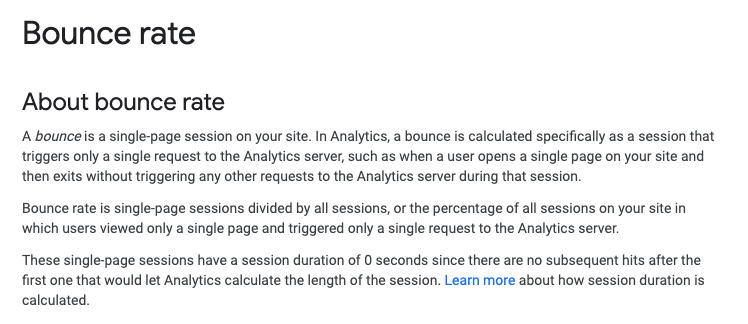
The term 'organic traffic' is used to describe the flow of visitors that arrive at a website as a result of unpaid (organic) search results. Websites optimized for search engines tend to receive a larger share of this organic traffic. Factors like matching search intent, utilizing relevant keywords, generating high-quality content, and ensuring a user-friendly site structure all contribute to drawing in more of these valuable visitors.
Conversely, bounce rate is a valuable metric that reveals the percentage of visitors who leave after viewing only a single page. A high bounce rate may indicate that the site does not offer the content or user experience that visitors were expecting.
Enhancing and updating your website with fresh, relevant content can lead to a notable increase in organic traffic. Case studies have shown that understanding users' search intent, and catering to it with the appropriate content, can significantly attract and retain organic visitors, cutting down the bounce rate.
By diving deep into what your target audience seeks and ensuring your site delivers on those expectations, you can optimize your website to not only attract relevant organic traffic but also encourage engagement, boosting your overall SEO performance.
Interpreting Google Search Console Data

Google Search Console (GSC) is an indispensable free tool from Google designed to help you monitor and troubleshoot your website's performance in Google search results. After setup, which includes choosing the Domain option, providing the domain, and following Google's verification instructions, GSC offers a wealth of analytics data.
At first, you may not see data in Google Search Console—this is normal until the site has been fully set up and verified. Once operational, GSC becomes a critical resource for monitoring various metrics that reflect the health and performance of your site in Google search.
The tool provides insights into aspects such as search query impressions, click rates, and the positioning of your URLs in search results. Over time, analyzing this data will reveal trends and opportunities, as well as areas where the website might not be performing as desired. By responding to this intelligence, you can adjust and strengthen your SEO strategy to enhance your search engine rankings and online visibility.
Considering the impact of these tools and metrics, it becomes clear that SEO is a multifaceted ecosystem requiring careful attention and ongoing management. Utilizing Google Analytics and Google Search Console, understanding bounce rates and organic traffic, and continuously measuring overall success are all integral parts of a dynamic and successful SEO approach.
